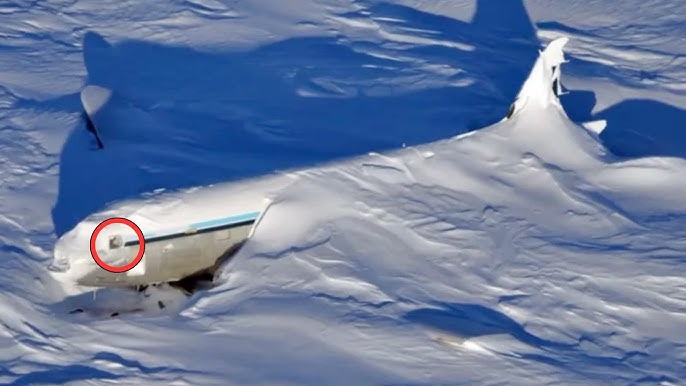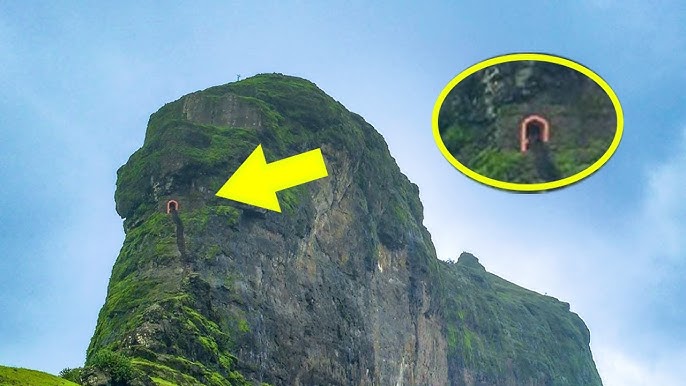
In the summer of 2023, a team of recreational divers exploring the warm, turquoise waters off the Florida Keys stumbled upon something no one expected to see resting beneath the waves: the twisted, algae-covered remains of a long-lost aircraft. The discovery would unravel a decades-old mystery, stir international headlines, and leave even seasoned investigators speechless.
A Routine Dive Turns Historic
The dive group, affiliated with the Ocean Echoes Exploration Club, had been charting known reefs and shipwrecks when one of their sonar devices picked up an irregular shape lying deep on the ocean floor. At first, they thought it was just another reef outcropping or an old sunken boat. But as they swam closer, the outline became unmistakable.
A plane.
It was mostly intact, buried partially in sand, with one wing jutting out like a skeletal limb. The fuselage, though rusted and encrusted with marine life, still bore faded paint and markings. A tail number. A registration code that hadn’t been seen since 1970.
The Missing Flight
Records revealed that the plane was a Douglas DC-3, a twin-propeller aircraft that had vanished in March 1970 during a routine charter flight from Miami to the Bahamas. Onboard were 13 passengers and 2 crew members—businesspeople, vacationers, and a pilot known for his strict flight discipline.
The weather that day had been clear. The last communication from the aircraft was normal. Then… silence.
Despite massive search operations at the time, no debris, oil slicks, or emergency signals had ever been found. Families were left without answers. Theories flourished: hijacking, crash in the Everglades, even Bermuda Triangle speculations.
Until now.
First Entry Into the Wreck
With local authorities informed, a team of marine archaeologists and aviation experts joined the divers to assess the wreck. What they found sent chills down their spines.
Inside the cockpit, the pilot and co-pilot seats were still present—though empty. Rusted control panels and faded flight maps lay strewn around. In the passenger cabin, personal items were remarkably preserved: a handbag still containing cosmetics, a broken wristwatch stopped at 11:17 AM, and an envelope addressed but never mailed.
The eerie part? The safety belts were still fastened in many of the seats.
But there were no bodies.
Where Did They Go?
The absence of human remains confused investigators. Could ocean currents have carried them away? Could scavengers have played a role? Forensic oceanographers proposed one theory: that the plane had settled so quickly and remained so undisturbed for decades that decomposition may have occurred in a uniquely isolated way.
Still, some weren’t convinced. Online forums erupted with speculation:
- Was the plane abandoned mid-air and crashed autonomously?
- Were the passengers taken—by force or by choice?
- Why were the seatbelts still fastened?
The Black Box That Wasn’t
One detail was particularly frustrating. Commercial aircraft today carry sophisticated black boxes, but in 1970, this wasn’t standard for smaller charters. Investigators hoped for a cockpit voice recorder or logbook, but the only artifact recovered from the front was a weathered notebook—possibly belonging to the co-pilot—with the last scribbled words:
“Engines normal. Slight drift northeast. Lights—”
The sentence ends there.
Government Silence?
As word of the discovery spread, the wreck was quickly secured and designated a “restricted investigation site” by federal authorities. Divers reported that within days, the site was swarmed by boats bearing no markings but filled with personnel in unidentifiable uniforms.
When family members of the missing passengers tried to reach out to investigators, they received vague responses—or no response at all. News stations that initially ran the story abruptly stopped coverage. Some suspect government involvement. Others believe there’s something deeper—something that shouldn’t have been found.
Closure or More Questions?
For the families of those aboard Flight 914, the discovery reopens wounds they tried to heal half a century ago. Some feel a sense of closure. Others are tormented by new questions.
One daughter of a missing passenger posted on social media:
“I grew up imagining my father survived on a deserted island. Now I know he didn’t. But where did he go in those final minutes? Why is nobody answering us?”
Final Thoughts
The story of the lost DC-3 is more than just a headline. It’s a reminder that the oceans hide not only natural wonders but also human mysteries—sealed beneath layers of salt, time, and silence.
And sometimes, the past resurfaces when we least expect it—whispering truths we may never fully understand.
The sea forgets nothing.



